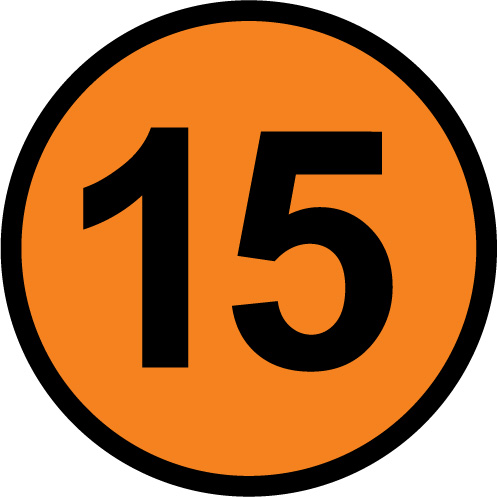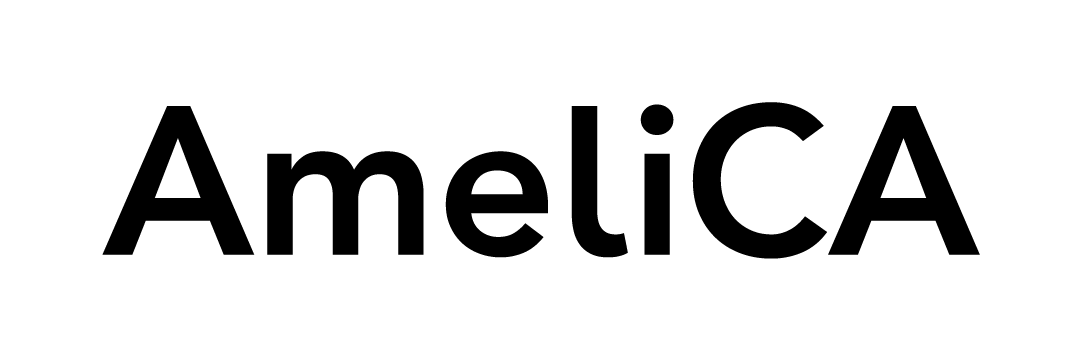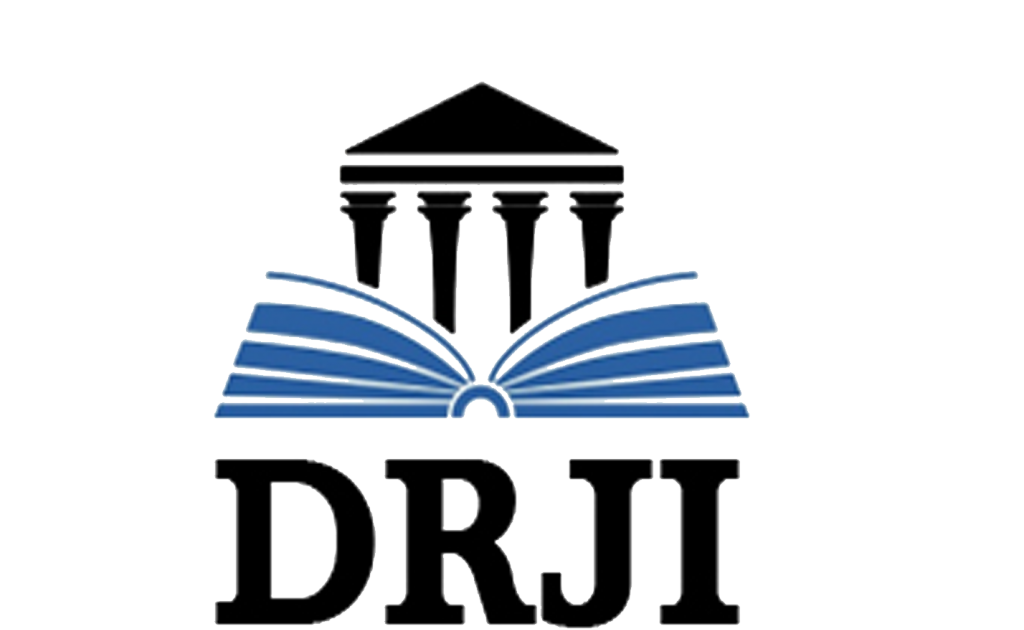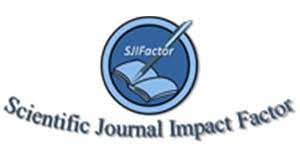Conferencia dictada en la Casa de la Cultura Ecuatoriana “Benjamín Carrión”, Núcleo del Guayas el 24 de mayo de 2006
DOI:
https://doi.org/10.53591/rug.v100i1.713Abstract
Plants born with their cybernetic programs based archetype biological models an develop their biological programs inherent to each species. According to Jung, archetypes in mankind are typical forms of hereditary conduct of a universal character that when they become to be conscious. They reveal themselves as representations and experiences just has all which become contents of the conscience Among the main archetypes that mankind has are biological archetypes to the shadow, to the
animals, to the aged,, to the sage (patriarch, prophet), to the transcendence, to the messiahship, to the death, to the soul, to the mythological, sociological, religious and the philosophical. The also does a descriptions of the way in which psychobiological processes in child originate and evolve based on collective archetypes, since in human unconscious exists a universe similar to cosmos, where the sun, the moon, the stars, and galaxies shine, those which oral symbols in mankind, provoked by de oral trauma on the newborn,that rest on the visual hallucination which appears in an inanition state, thirst, and the hunger during
the suckling period.
References
Jung para la Vida Cotidiana.- Ediciones Obelisco.
C. G. Jung.- Arquetipos e inconsciente colectivo.-Biblioteca Paidos.
C. G. Jung.- La Psicología de la Transferencia.- Biblioteca Paidos.
C. G. Jung.- Formaciones de lo Inconsciente.- Biblioteca Paidos.
C. G. Jung.- Estudios Psiquiátricos.- Editorial TROTTAI.
Fredo Arias de la Canal.- Introducción al Análisis del Arquetipo.- ANTOLOGÍA DE LA POESIA CÓSMICA DEL ECUADOR.
Jean Pierre Vernant.- Mito y Pensamiento en la Grecia Antigua.- Editorial Ariel.
Nadia Julián.- Enciclopedia de los Mitos.- ROBIN BOOK.
Fredo Arias de la Canal.- Arquetipo de hambre y de sed.- Revista NORTE.
Fredo Arias de la Canal.- Poesía Cósmica.- Frente de Afirmación Hispanista, A. C..
Jung Libertador.- Edición Cultural del Instituto Centro Americano de Cultura.
Published
How to Cite
Issue
Section
License

This work is licensed under a Creative Commons Attribution-NonCommercial-NoDerivatives 4.0 International License.

This work is licensed under a Creative Commons Attribution-NonCommercial-NoDerivatives 4.0. International License.
You are free to:
- Share — copy and redistribute the material in any medium or format
- The licensor cannot revoke these freedoms as long as you follow the license terms.
Under the following terms:
- Attribution — You must give appropriate credit , provide a link to the license, and indicate if changes were made . You may do so in any reasonable manner, but not in any way that suggests the licensor endorses you or your use.
- NonCommercial — You may not use the material for commercial purposes .
- NoDerivatives — If you remix, transform, or build upon the material, you may not distribute the modified material.
- No additional restrictions — You may not apply legal terms or technological measures that legally restrict others from doing anything the license permits.































